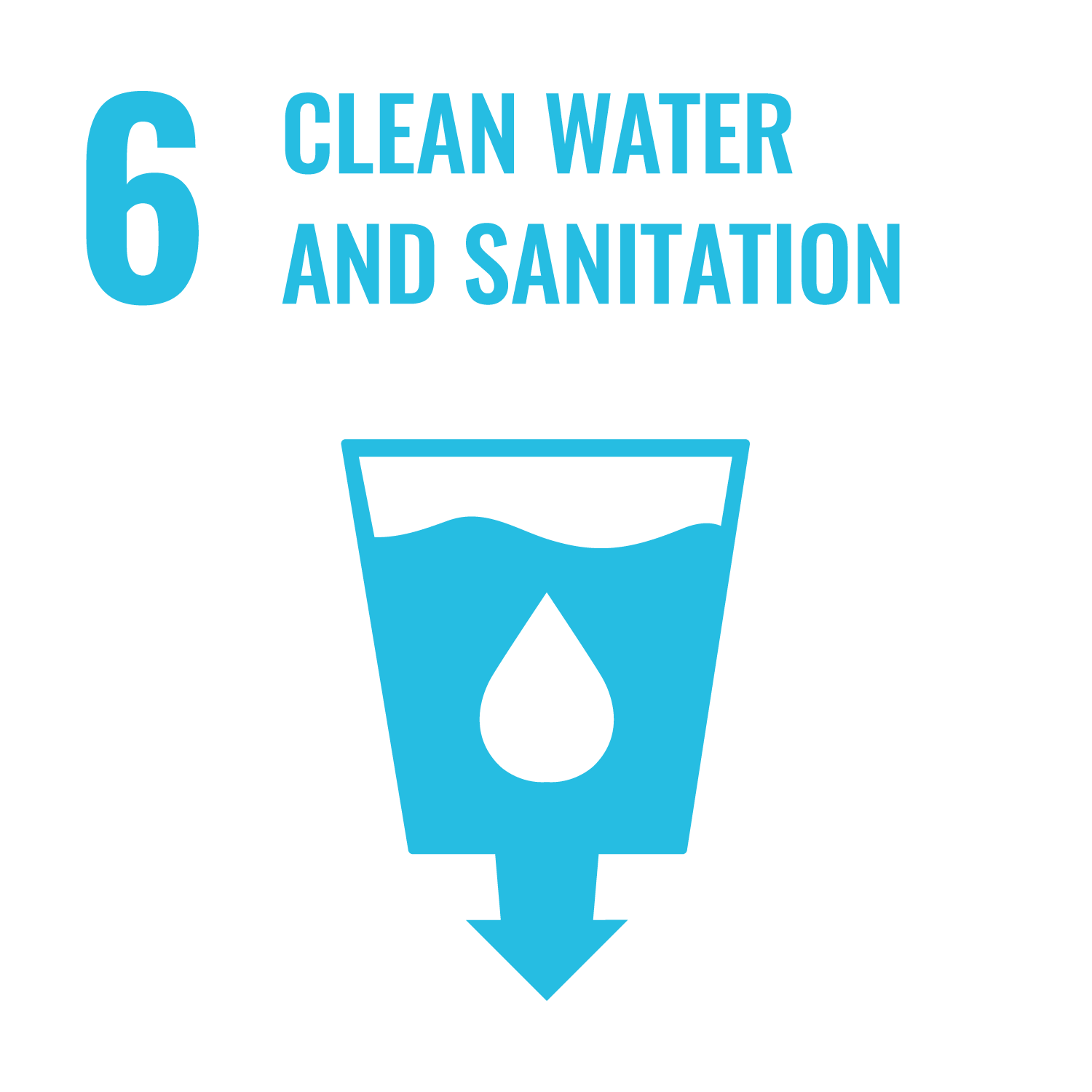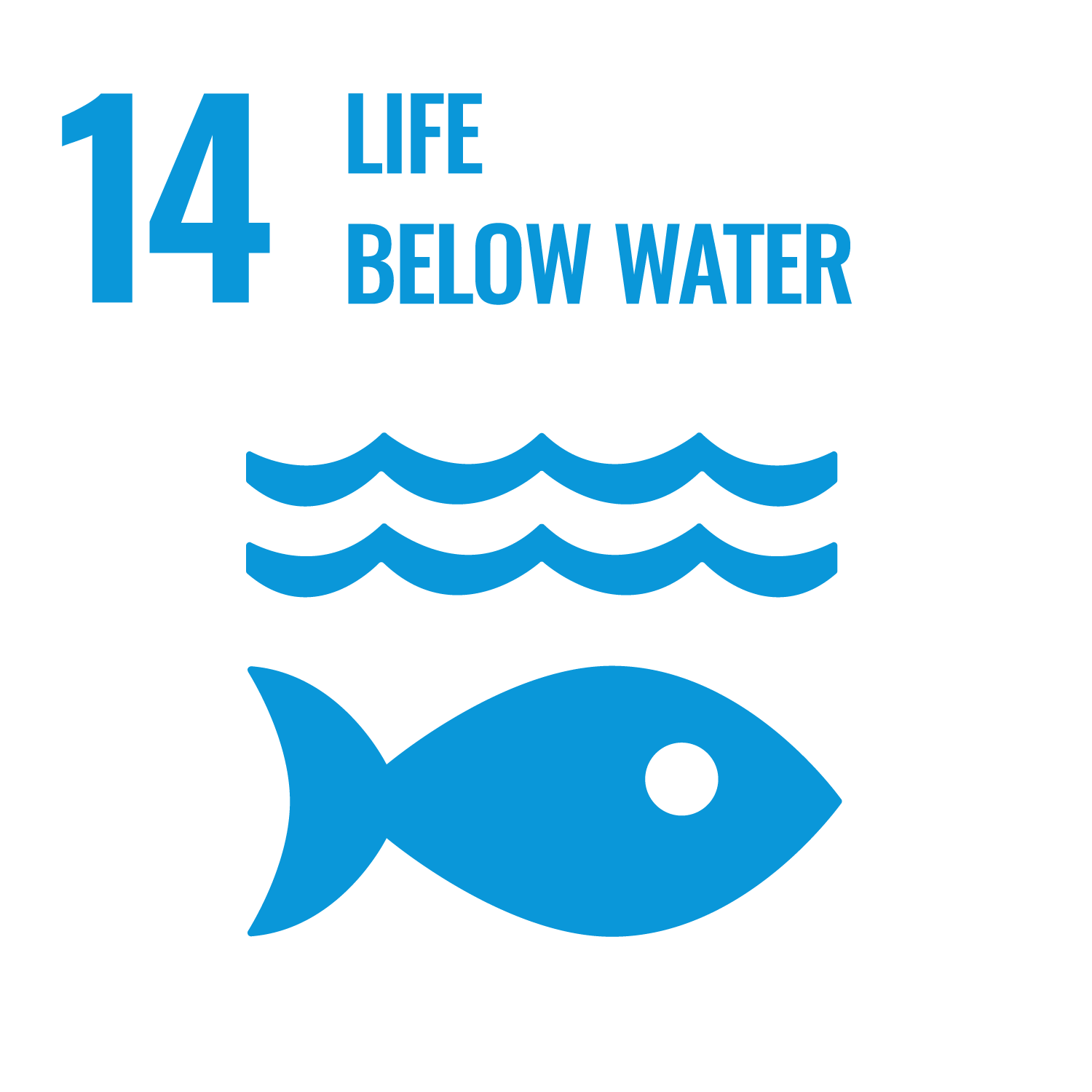Macquarie University NSW 2109
Ecological recovery over a decade


![]()
The choice of location for Macquarie University in the 1960s was guided by the opportunity to have a campus with a scenic, green outlook onto the Lane Cove valley.
In a piece of serendipity, our eventual parcel of land happened to include quite a few patches of remnant bush and forest trees.
Since then, we have recognised that Macquarie inherited some very valuable pieces of habitat, including an example of the nationally rare forest ecosystem known as Sydney Turpentine-Ironbark Forest (STIF). Our bushland patches are also home to a regionally rare Epacris shrub and many birds, arboreal mammals and bats.
Macquarie University adopted our own Vegetation Management Plan in 2015, with the purpose of securing and enhancing these threatened species and ecological communities. You can also view our Landscape Management Plan.
Regeneration process
In May 2010, Macquarie began a process of assisted natural regeneration for our largest patch of native vegetation on campus, which had become heavily affected by weeds.
At the primary stage of the work, invasive weeds were removed or controlled by bush regenerators. This treatment created a germination trigger to native seed still stored in the topsoil. After ten years, a diverse native ground layer of grasses and herbs has developed, and new shrubs and trees are also emerging.
Restoration achievements
We initially mapped and summarised vegetation condition and weed impacts for the northwest remnant in 2010, then again in 2014 and 2019. Vegetation mapped as being of high or very high ecological integrity has increased from 19 per cent to 58 per cent of this remnant across the ten years of work.
The maps and charts below give us the headline changes, with a few details worthy of special mention:
We were fortunate that the site, although originally very weedy, was big enough at over three hectares to have a store of native seed in the soil, just awaiting the right triggers or gentle coaxing to re-establish.
This meant that our initial weed clearing and the ongoing maintenance work has allowed a kind of ‘escalator ride’ for treated zones to move up by one or more integrity classes, towards the ideal of retaining a full forest structure, and a resilience against weeds.
In raw percentages, the proportion of the site classified as ‘low integrity’ is up a little from 2014, but this is not actually a negative sign.
The total area to meet the definition of native vegetation has slightly increased over the decade. A few clusters, adding up to just under 1500 square meters, have moved into the ‘low integrity’ class for the first time.
This addition is therefore largely from land previously unable to be identified as having any remaining native seed bank.
Two of the larger patches classed in the medium and low integrity categories are being left alone for now, because they form a habitat ‘ark’ for species of small native birds like Superb Fairy Wrens and Red Browed Finches. The birds currently rely on the thick patches of woody weeds and vines to take shelter from larger territorial birds like the Noisy Miner.
These two larger patches contained our only confirmed population of 'urban-shy' birds on campus south of the M2 motorway for several years. Encouragingly, the Superb Fairy Wrens have recently managed to disperse further southward and now also inhabit one of our re-vegetation projects on Mars Creek.